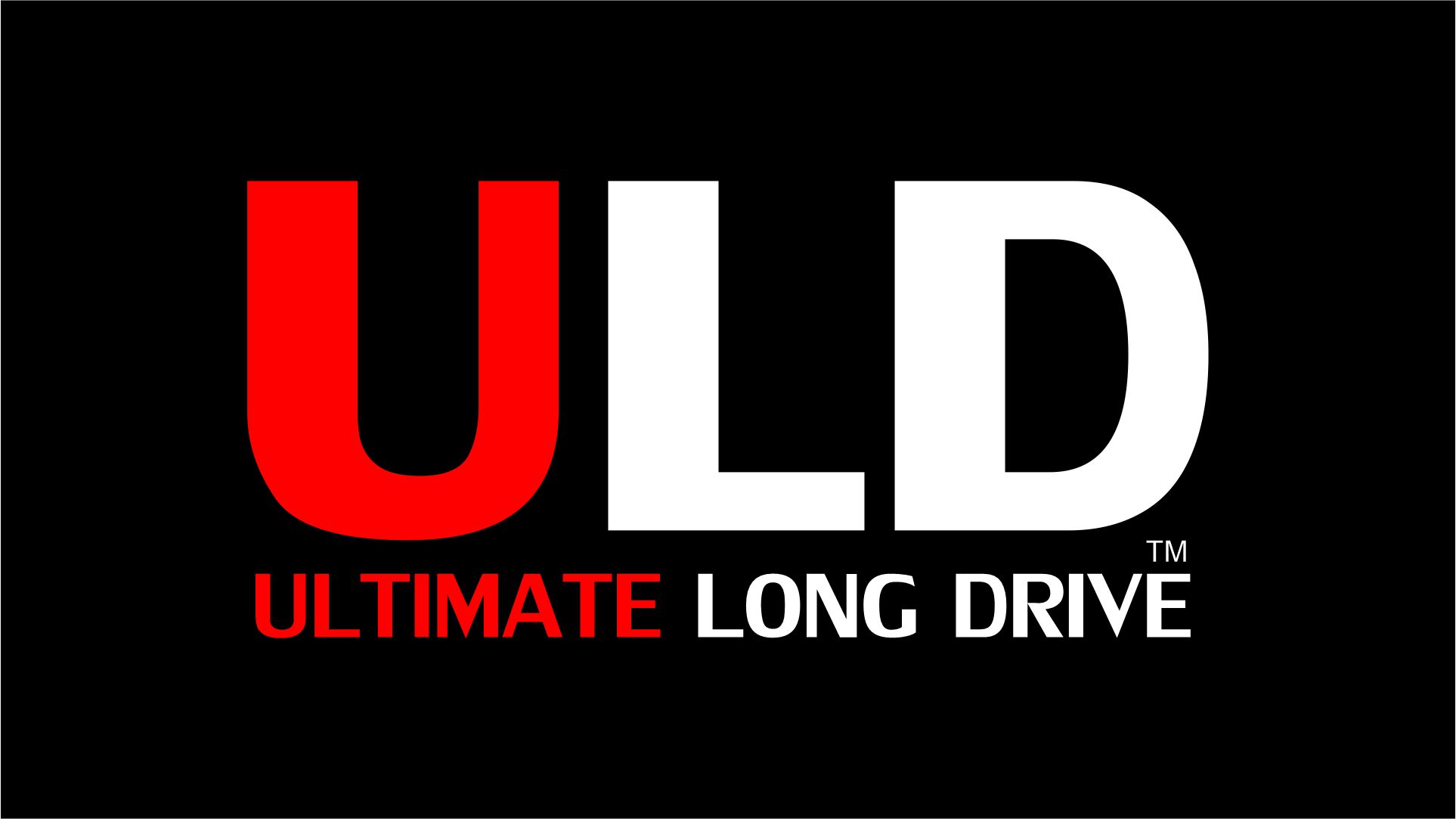Smash Factor is a term used to measure the efficiency and power of a player’s swing. It is a ratio that indicates how well a golfer transfers energy from the clubhead to the golf ball upon impact. The formula for calculating Smash Factor is simple: it is the ratio of ball speed to clubhead speed.
To understand the relationship between Smash Factor and COR (Coefficient of Restitution), we need to delve into COR first. COR is a measurement of the elasticity or spring-like effect of a golf clubface. It represents the efficiency with which the clubface rebounds upon impact with the ball. A higher COR value indicates a livelier clubface that can generate more ball speed.
Now, Smash Factor comes into play by revealing how effectively a golfer is utilizing the potential of their clubface’s COR. If a golfer can achieve a high Smash Factor, it means they are optimizing the transfer of energy from their swing to the ball. In other words, they are achieving a higher ball speed relative to their clubhead speed. This indicates a more efficient swing that maximizes the clubface’s COR.
For example, let’s say Golfer A and Golfer B both have a clubhead speed of 100 miles per hour. However, Golfer A achieves a ball speed of 150 miles per hour, resulting in a Smash Factor of 1.5. On the other hand, Golfer B only manages a ball speed of 140 miles per hour, leading to a Smash Factor of 1.4. Despite having the same clubhead speed, Golfer A demonstrates a more effective swing by generating a higher ball speed and thus a higher Smash Factor. This implies that Golfer A is better at transferring energy from their swing to the ball compared to Golfer B.
In summary, Smash Factor is a valuable metric in golf that measures the efficiency of a golfer’s swing by examining the ratio of ball speed to clubhead speed. It provides insights into how effectively the golfer is utilizing the clubface’s COR. A higher Smash Factor indicates a more efficient swing, resulting in greater ball speed and potentially better overall performance on the golf course.
High Smash Factor = High COR?
A smash factor of 1.55 does indeed indicate a higher coefficient of restitution (COR). COR is a measure of how efficiently a golf club transfers energy to the golf ball upon impact. A higher COR means that the clubface and ball are more elastic, resulting in a greater bounce-back effect.
To simplify the understanding, the smash factor is calculated by dividing the ball speed by the clubhead speed. So, a smash factor of 1.55 suggests that the ball speed is 1.55 times the clubhead speed. This indicates a high level of efficiency in energy transfer, resulting in a more powerful shot.
It is important to note that altering or modifying a golf club’s face, such as shaving it, is against the rules and regulations of the game…according to the USGA/R&A. Shaving the face of a club involves removing material to increase its flex and COR, thereby potentially achieving higher smash factors. However, this practice is considered illegal and unethical in competitive golf….according to the USGA/R&A.
To ensure fair play and maintain the integrity of the game, golf clubs must adhere to the rules set by governing bodies like the United States Golf Association (USGA) and the Royal and Ancient Golf Club of St Andrews (R&A). These rules include limits on COR to prevent excessive distance gains and maintain a level playing field for all golfers.
Therefore, while a smash factor of 1.55 suggests a higher COR, it is essential to achieve this legitimately by using conforming equipment and following the established rules and regulations of the game.
To achieve a smash factor of 1.55, one would require a combination of factors such as optimal swing mechanics, clubhead speed, and striking the ball with the sweet spot of the clubface. However, it is important to note that the legal limit for the coefficient of restitution (COR) in golf is set at .83.
Considering the legal COR limit of .83, achieving a smash factor of 1.55 may not be possible. The maximum possible smash factor would be limited by the COR value.
